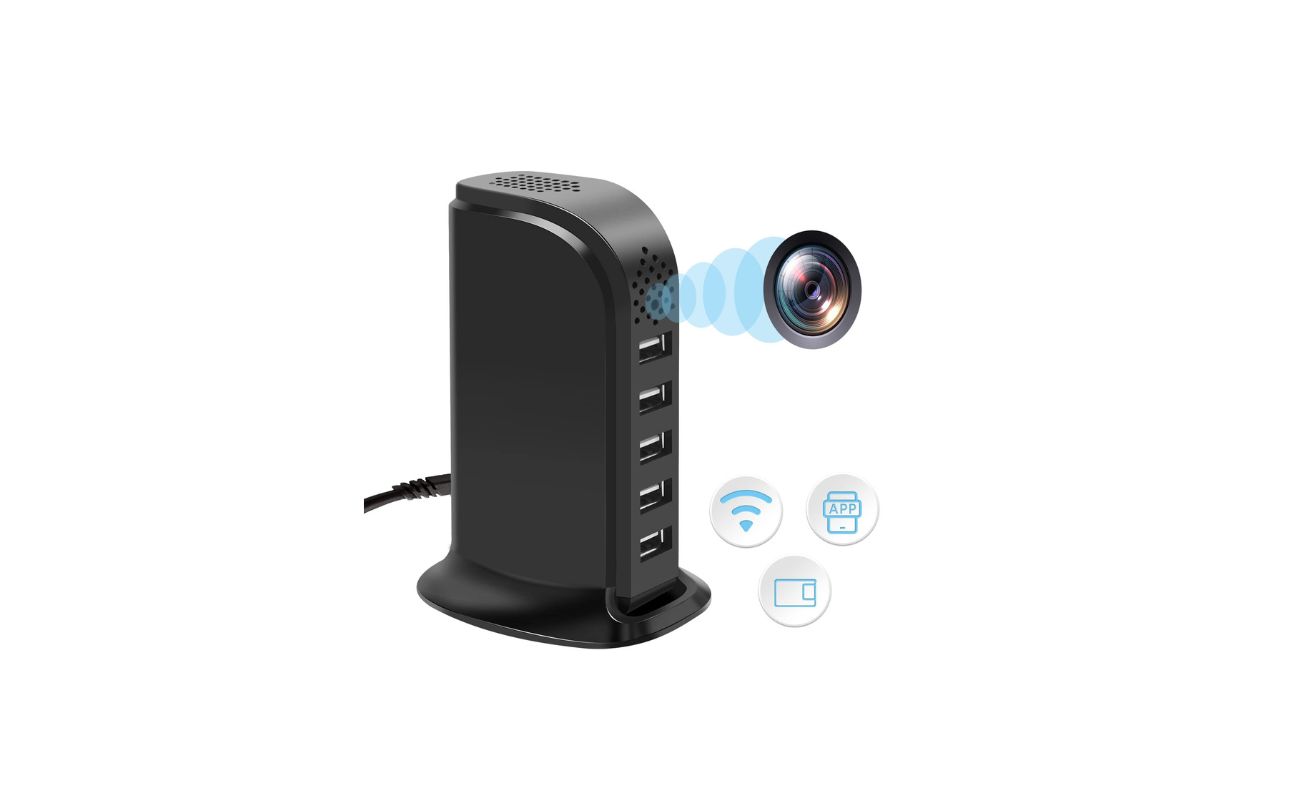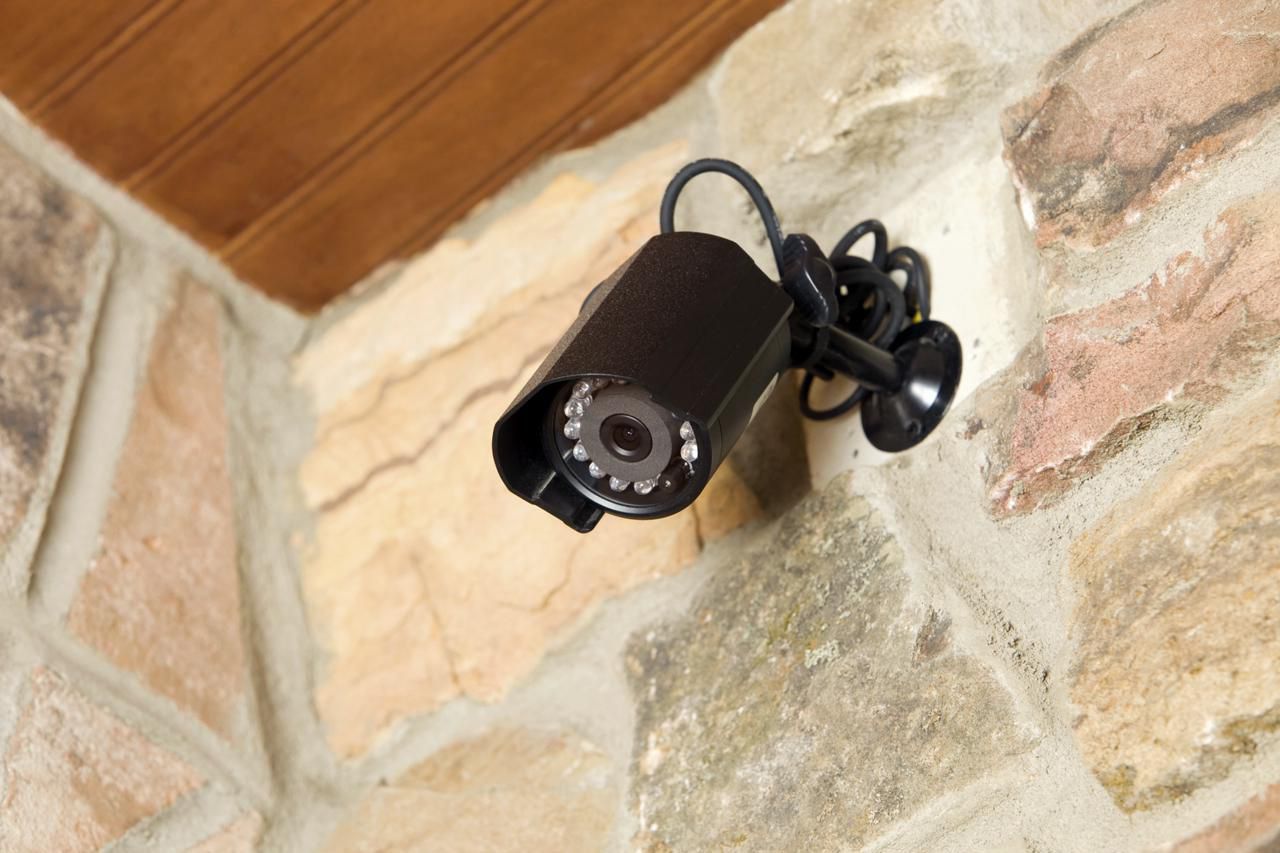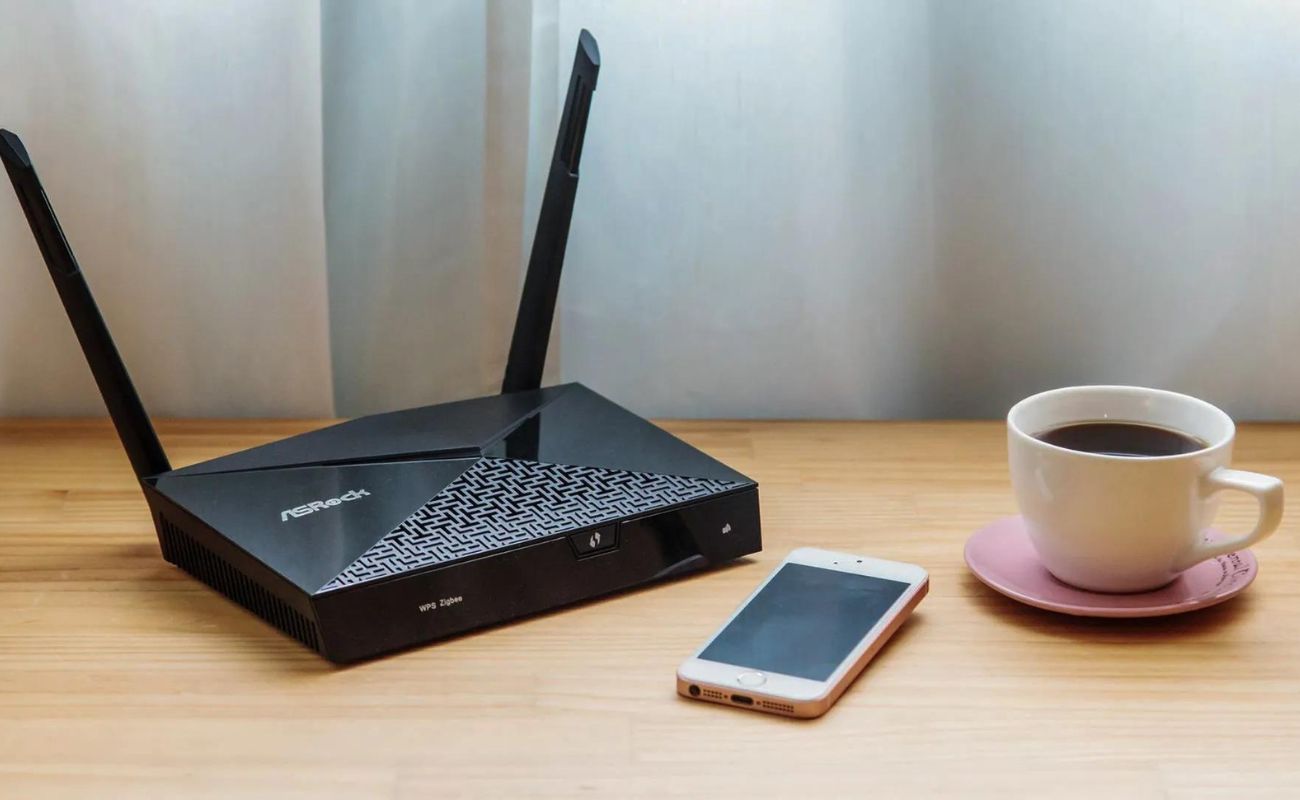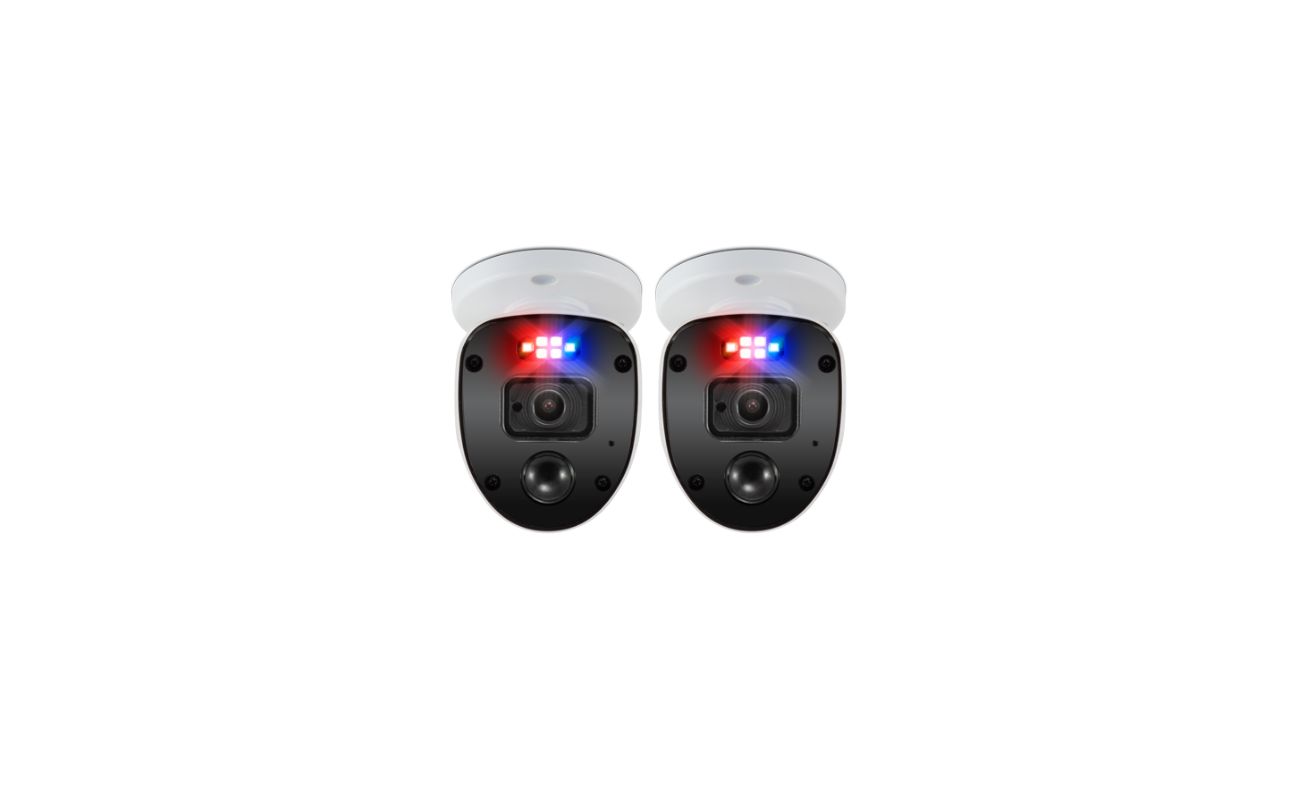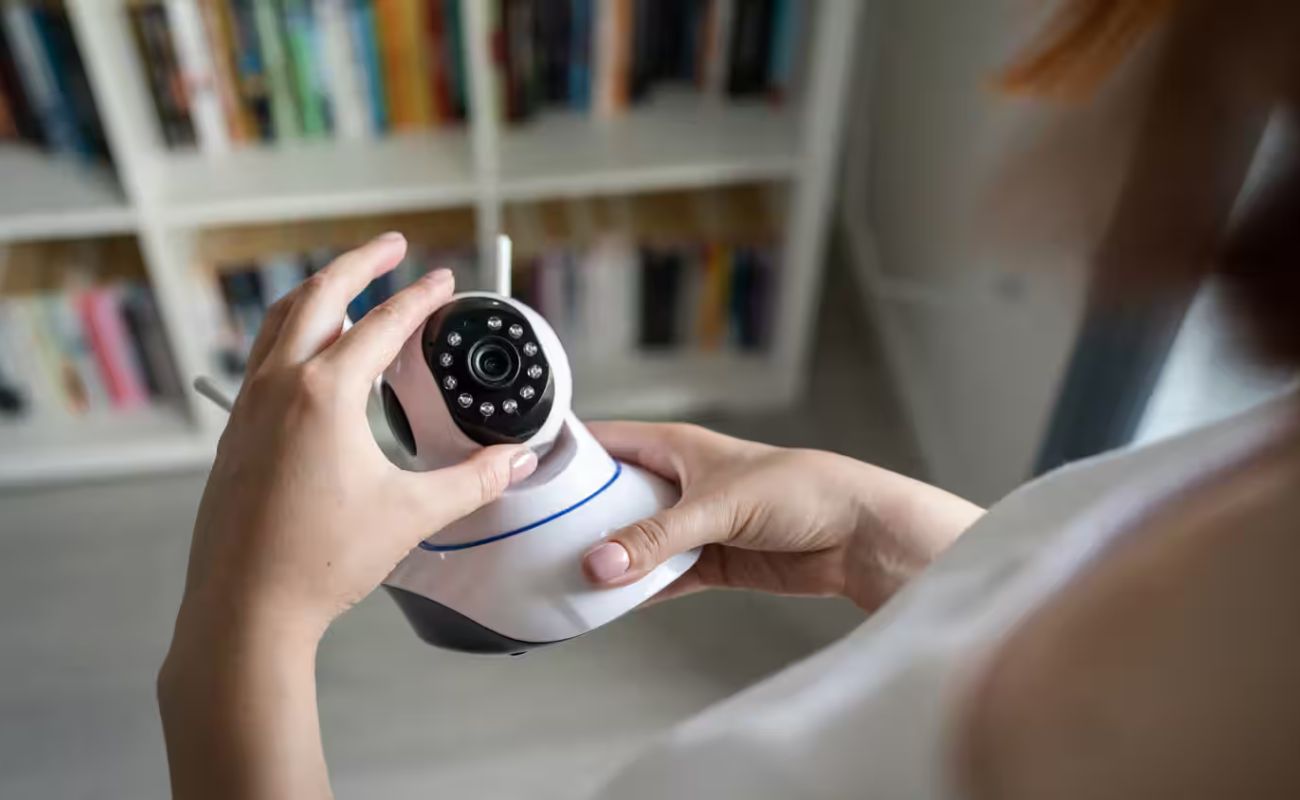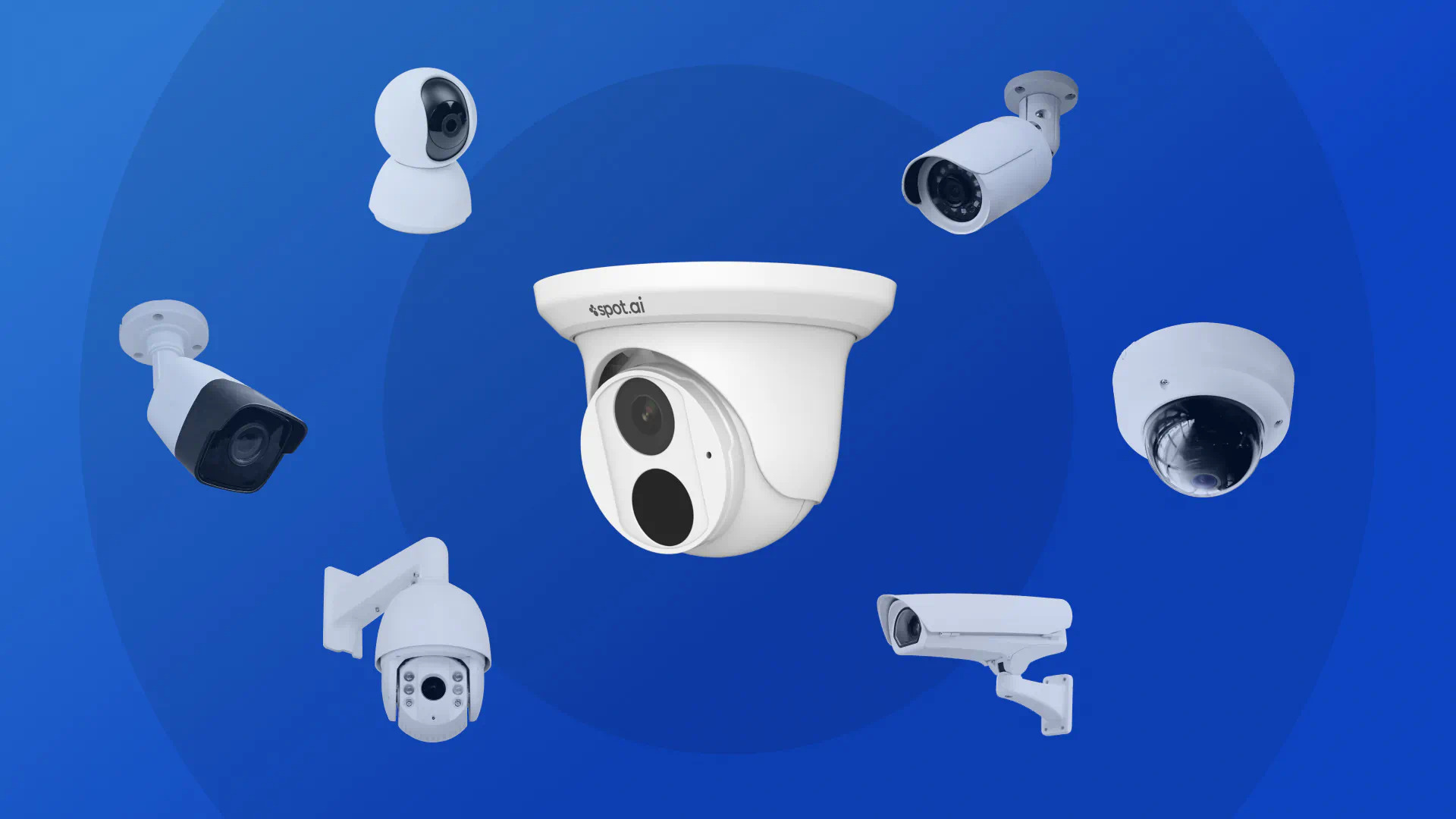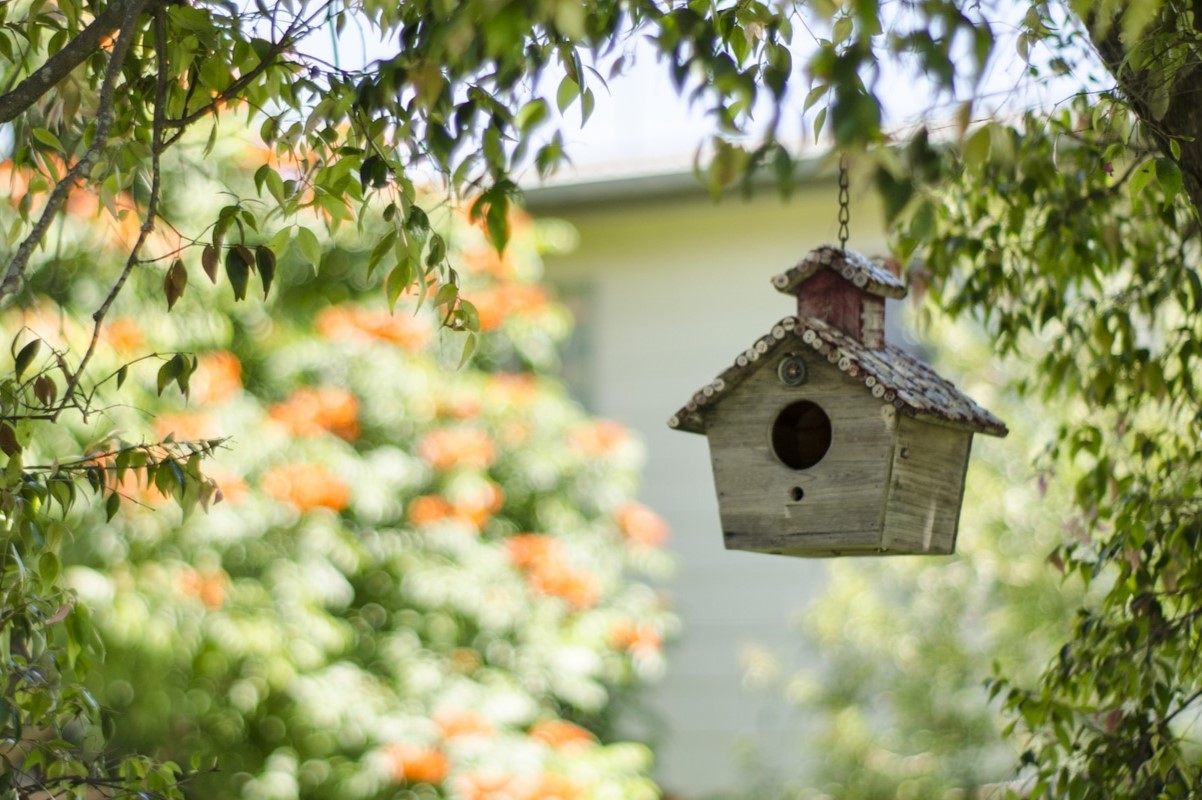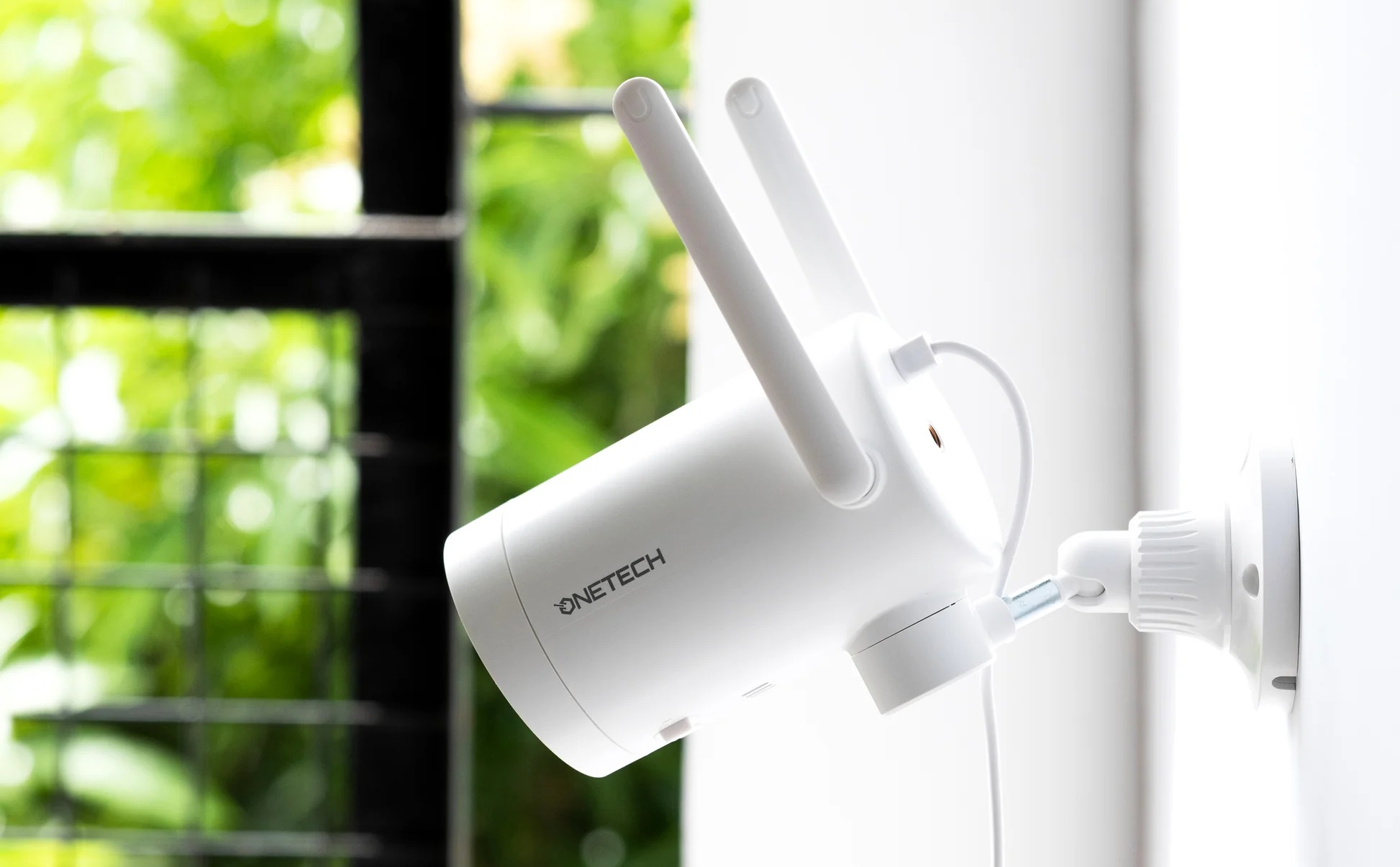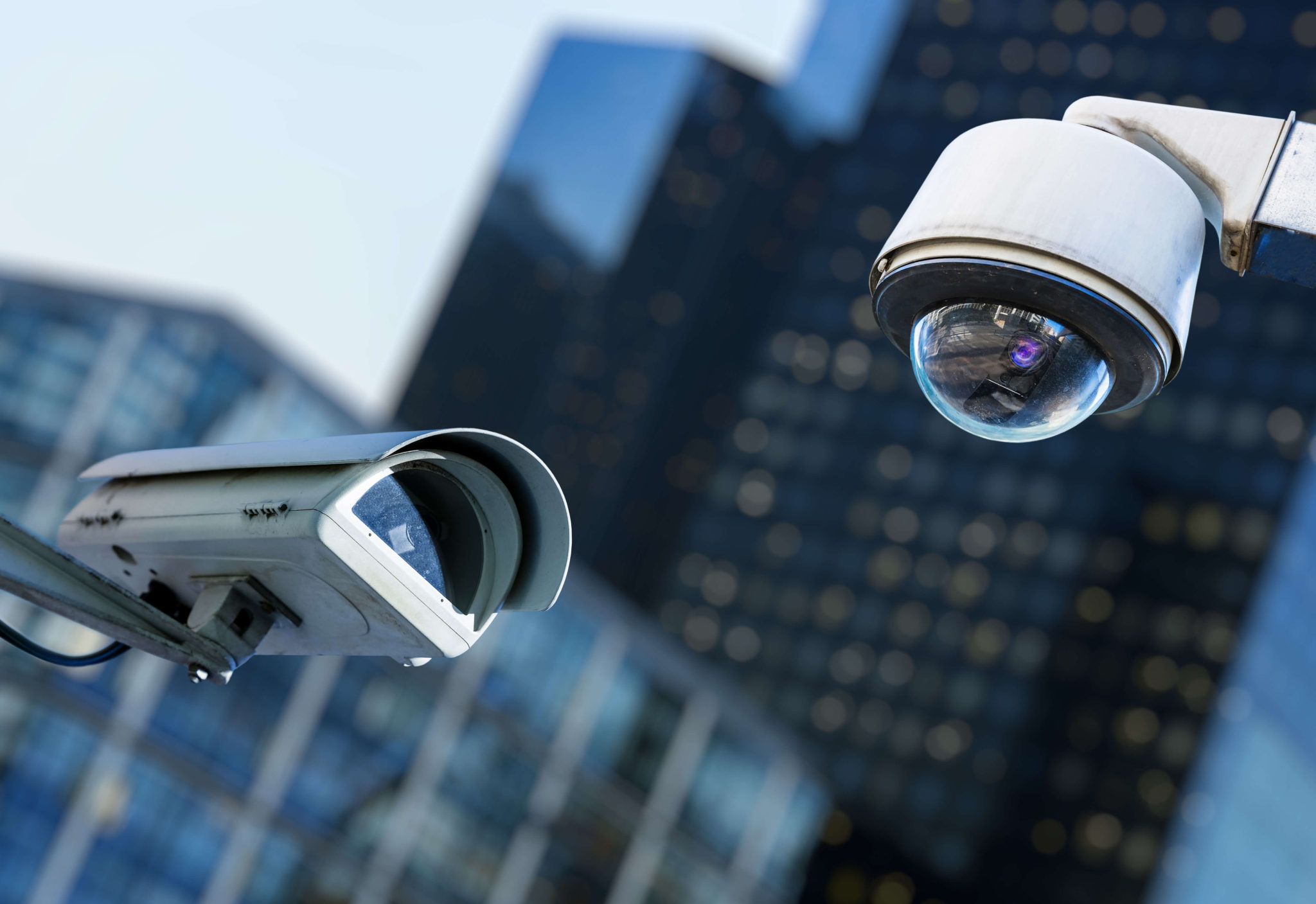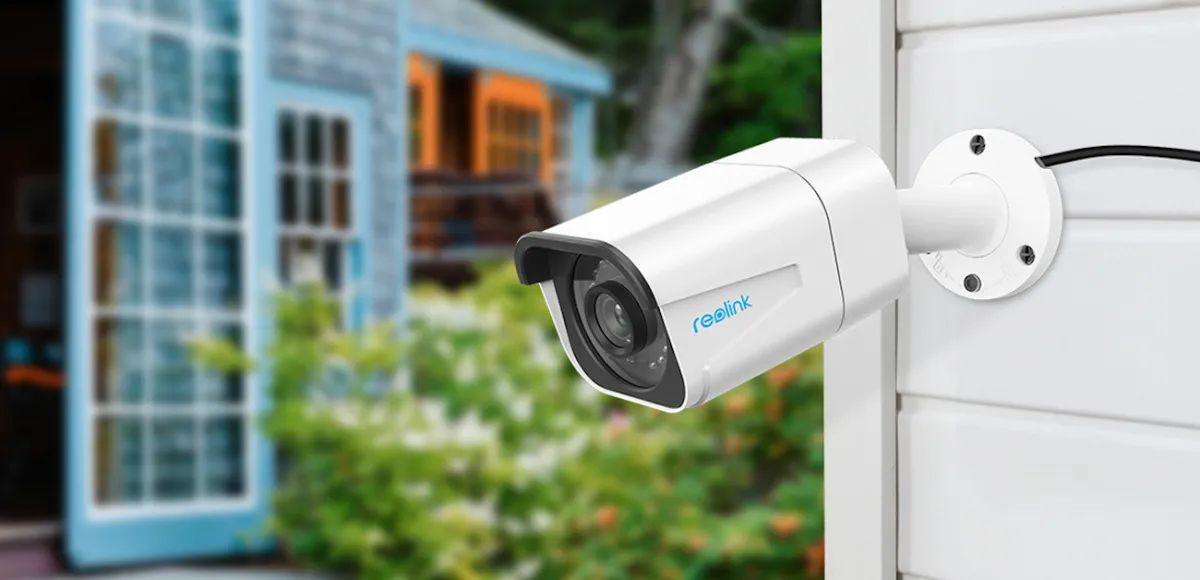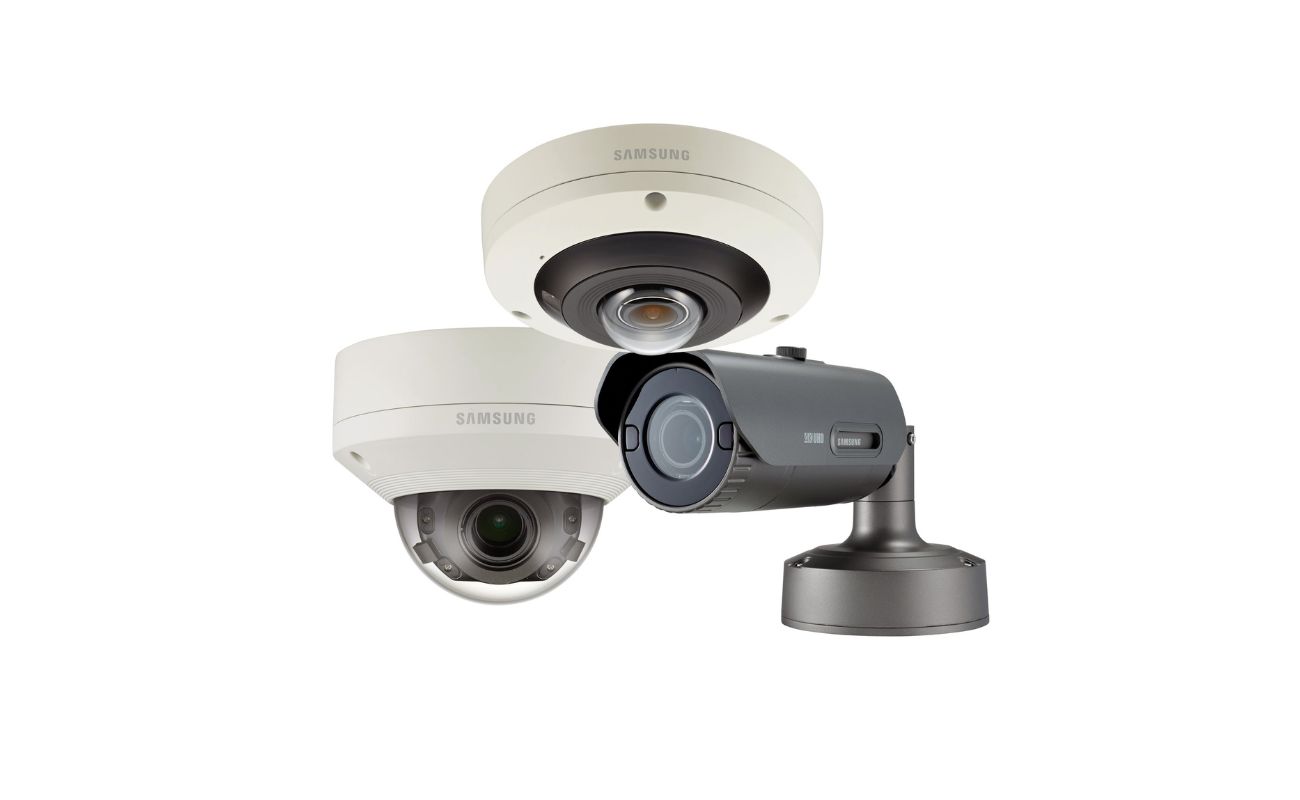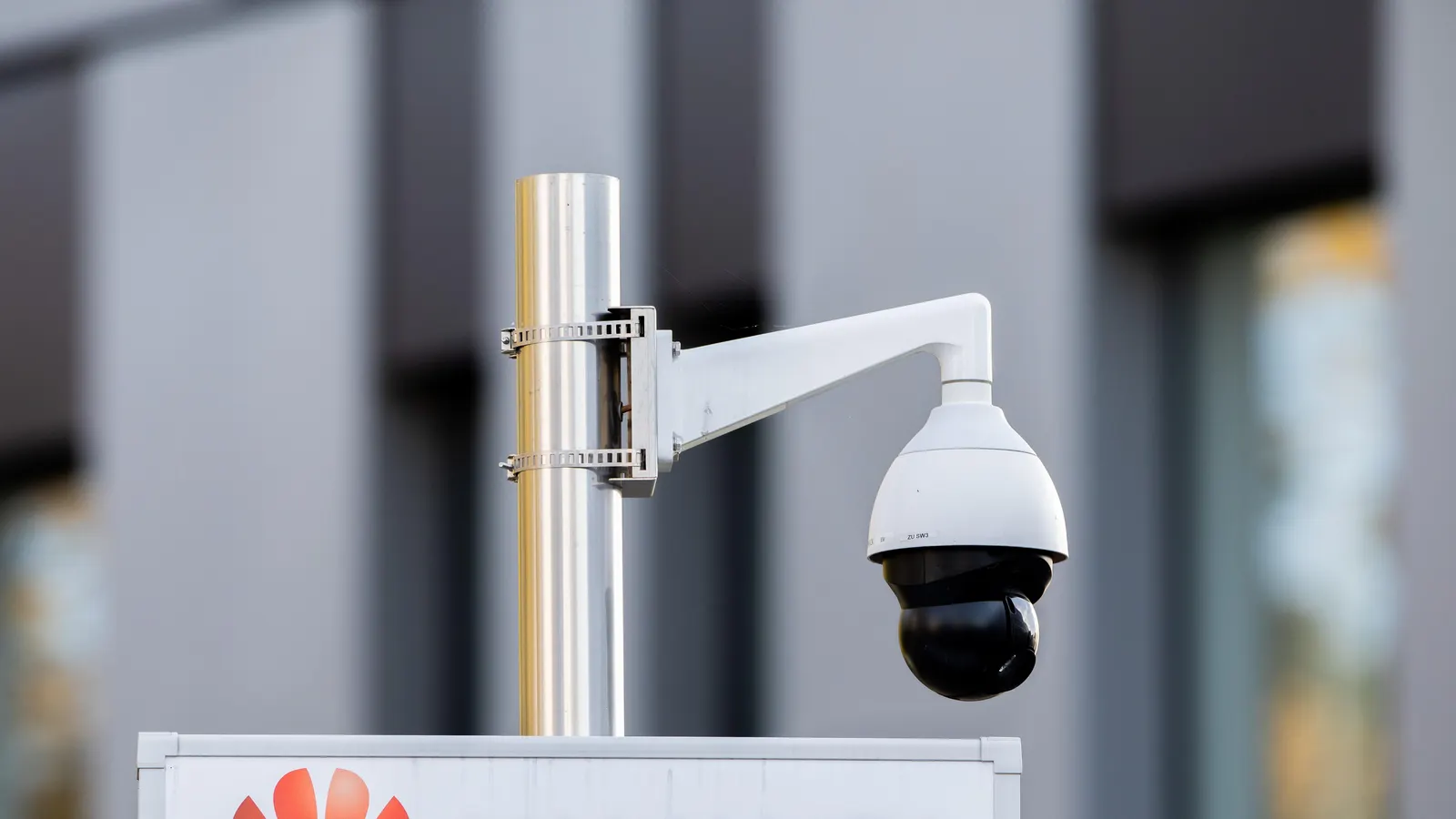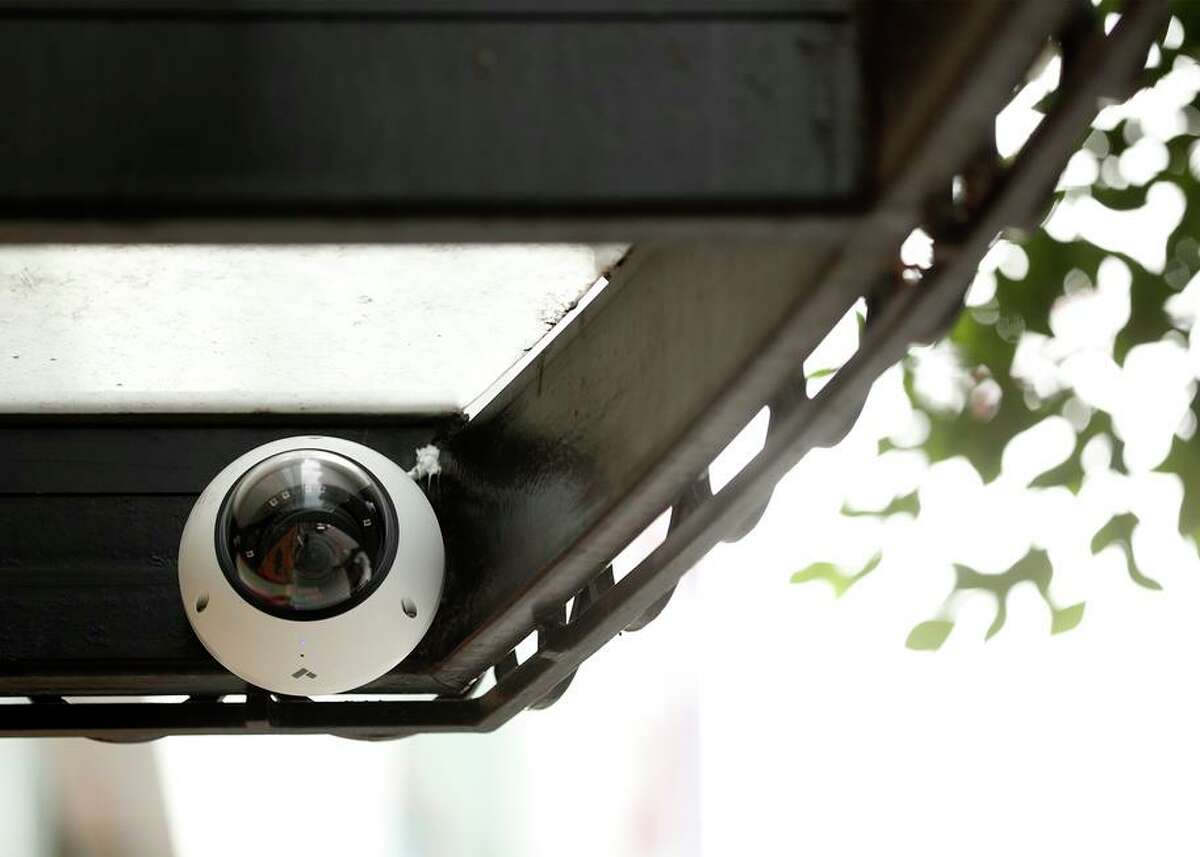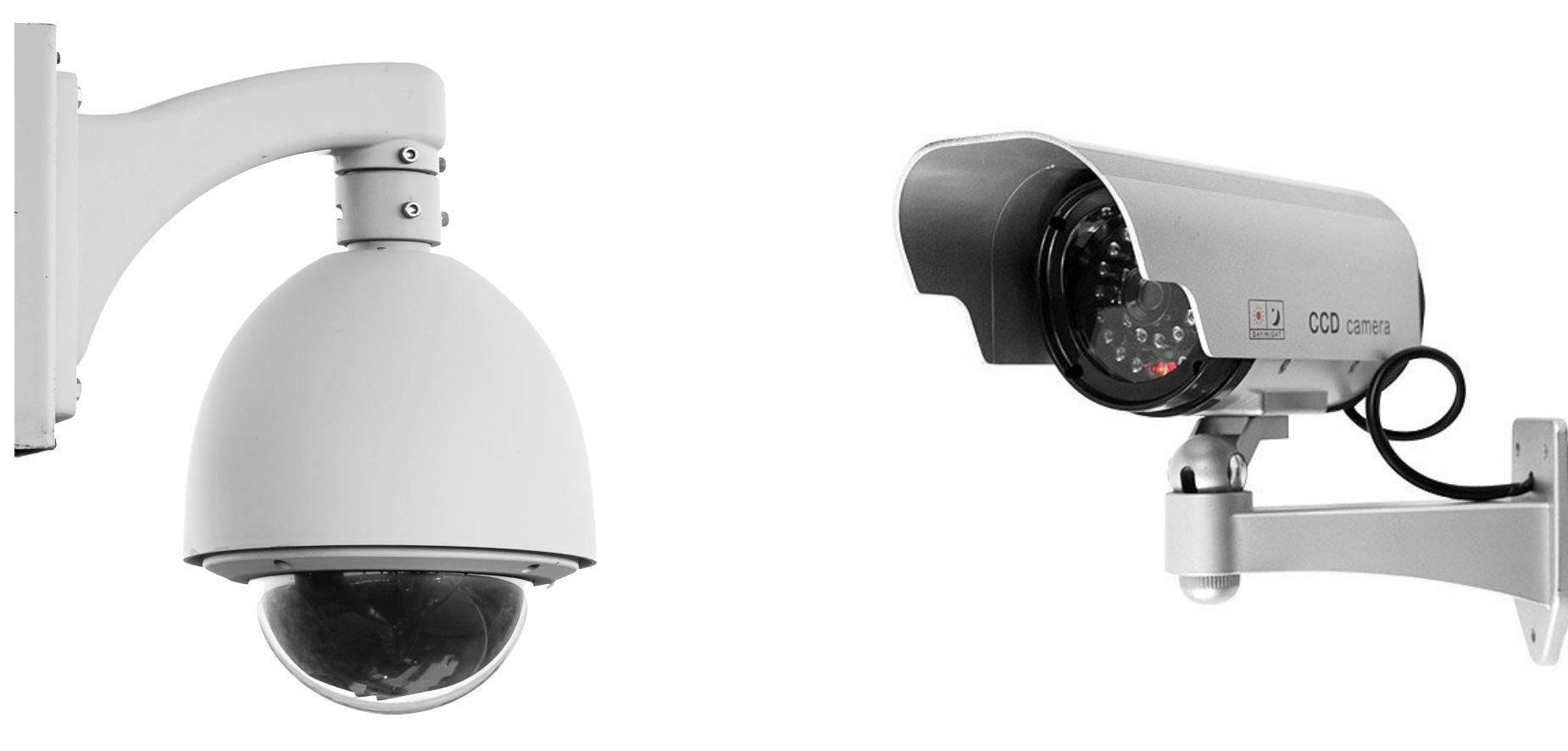Home>Home Security and Surveillance>How Many Cameras Are Needed For Home Security
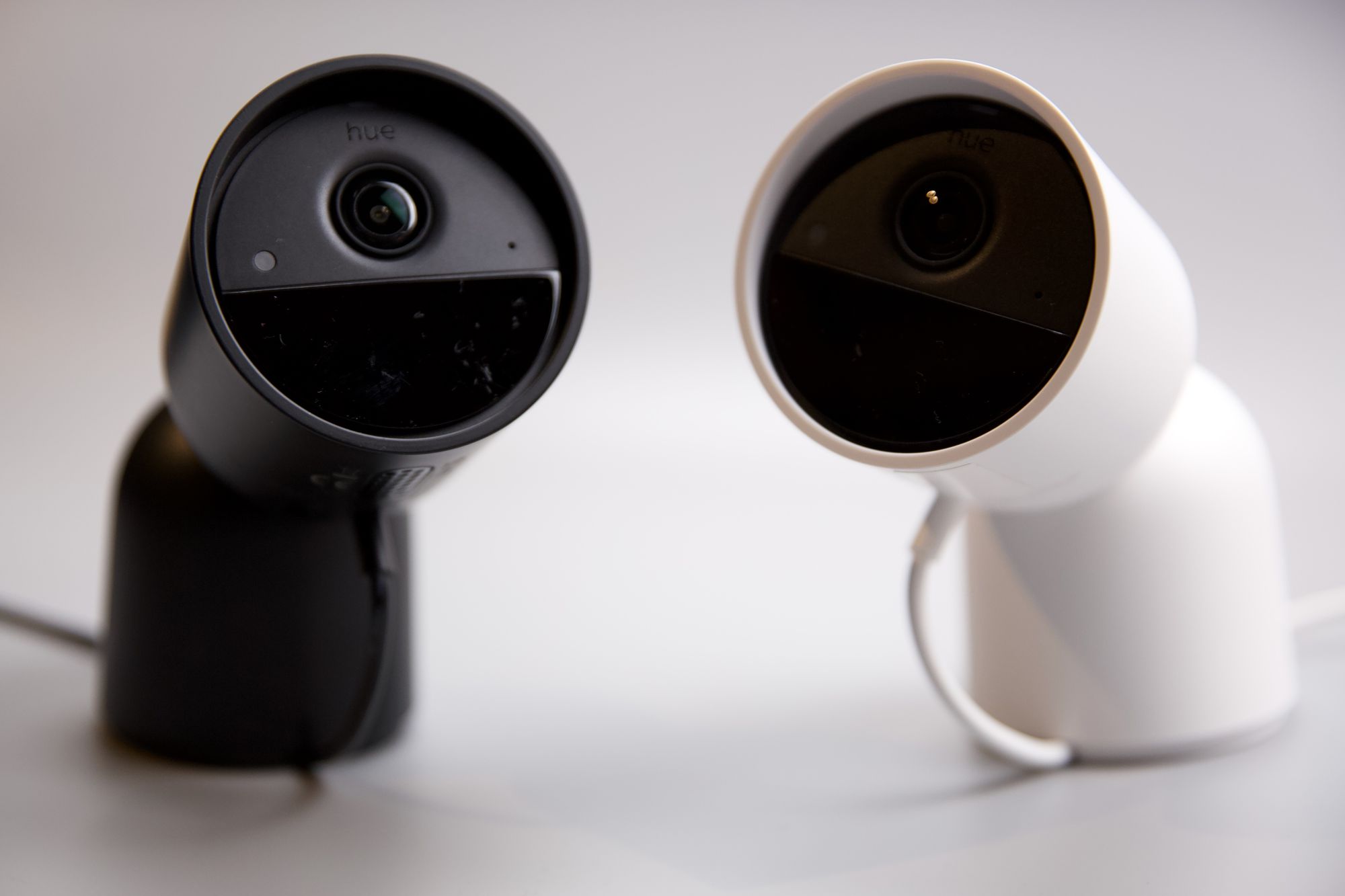

Home Security and Surveillance
How Many Cameras Are Needed For Home Security
Modified: March 6, 2024
Learn about the optimal number of cameras required for ensuring effective home security and surveillance. Find expert advice and tips for safeguarding your property.
(Many of the links in this article redirect to a specific reviewed product. Your purchase of these products through affiliate links helps to generate commission for Storables.com, at no extra cost. Learn more)
Introduction
Ensuring the safety and security of our homes is a top priority for many homeowners. With advancements in technology, home security and surveillance systems have become increasingly popular and accessible. One of the key considerations when setting up a home security system is determining the number of cameras needed. While there is no one-size-fits-all answer to this question, there are several factors to consider that can help guide your decision.
In this article, we will explore these factors and provide insights into determining the appropriate number of cameras for your home security needs. By understanding these considerations, you can make an informed decision that maximizes the effectiveness of your surveillance system.
From the size and layout of your property to your specific surveillance goals, each factor plays a crucial role in determining the number of cameras needed. By taking these factors into account, you can ensure comprehensive coverage and peace of mind.
So, let’s delve into each of these factors in more detail to help you determine the ideal number of cameras for your home security and surveillance system.
Key Takeaways:
- When setting up a home security system, consider the size and layout of your property, vulnerable areas, desired coverage, surveillance goals, types of cameras, and budget to determine the ideal number of cameras needed for comprehensive coverage and peace of mind.
- Understanding your specific needs and objectives is crucial in deciding the number of cameras needed for optimal home security. By evaluating these factors, you can create a robust surveillance system to protect your home and loved ones.
Read more: How Many Cameras Do I Need For Home Security
Factors to Consider When Determining the Number of Cameras Needed
When setting up a home security and surveillance system, there are several important factors to consider in order to determine the optimal number of cameras required. By taking these factors into account, you can ensure comprehensive coverage of your property and maximize the effectiveness of your surveillance system. Let’s explore these factors in more detail:
- Size and Layout of the Property: The size of your property is a key factor in determining the number of cameras needed. Larger properties with multiple entry points and outdoor spaces may require more cameras for effective coverage. Similarly, the layout of your property, such as the number of floors, rooms, and outdoor areas, will impact the camera placement and coverage.
- Vulnerable Areas: Identify the vulnerable areas of your property that require extra surveillance. These may include entry points like doors and windows, high-traffic areas, or areas with valuable assets. Installing cameras strategically in these vulnerable areas will provide enhanced security and deter potential intruders.
- Desired Coverage: Consider the level of coverage you desire for your property. Are you looking for full coverage of both indoor and outdoor areas, or do you primarily want to focus on specific zones? Understanding your desired coverage will help determine the number of cameras required to achieve that level of surveillance.
- Surveillance Goals: Clearly define your surveillance goals. Are you primarily concerned with deterring burglars, monitoring outdoor areas, or capturing high-quality footage for identification purposes? Different surveillance goals may require varying camera placements and specifications.
- Types of Cameras: The types of cameras you choose will also affect the number needed. There are various options, including fixed cameras, pan-tilt-zoom (PTZ) cameras, and wide-angle cameras. Each type offers different coverage capabilities, and selecting the right combination will help achieve your surveillance objectives.
- Budget Considerations: Finally, your budget plays a significant role in determining the number of cameras you can install. While it’s important not to compromise on security, understanding your budget constraints will help you prioritize essential areas and make informed decisions about camera quantity and quality.
By considering these factors, you can determine the ideal number of cameras needed to ensure the safety and security of your home. Remember, it’s not just about the number of cameras, but also the strategic placement and coverage they provide. Find the right balance that meets your specific requirements and provides peace of mind.
Size and Layout of the Property
The size and layout of your property are important factors to consider when determining the number of cameras needed for your home security system. Whether you have a small apartment or a sprawling estate, understanding the layout and dimensions of your property will help you plan the placement of your cameras effectively.
For larger properties, it is crucial to ensure that every corner is covered. This means you may need to install more cameras to provide comprehensive surveillance. Consider the number of floors, rooms, entry points, and outdoor spaces that require monitoring. Each area that you want to keep an eye on should be taken into account when determining the number of cameras needed.
On the other hand, if you have a smaller property, you may require fewer cameras. However, it is still important to identify the high-risk areas that would benefit from surveillance. This might include entry points such as doors and windows, as well as areas where valuable possessions are kept.
When planning the placement of cameras, consider the field of view they provide. Some cameras have a wide-angle lens that can cover a larger area, while others may require multiple cameras to capture the same amount of space. By assessing the size and layout of your property, you can determine the number of cameras required to ensure maximum coverage and protection.
In addition, consider the distance between the cameras and the areas you want to monitor. If you have a large backyard or outdoor space, for example, you may need to install outdoor cameras that can cover long distances. On the other hand, for smaller indoor areas, such as a living room or hallway, a single camera might be sufficient.
When it comes to installing cameras, it’s a good practice to create a diagram or blueprint of your property. This will help you visualize the areas that require surveillance and plan the camera placement accordingly. Take note of blind spots, areas with limited visibility, and any obstacles that could hinder the camera’s view.
Keep in mind that the goal is to have overlapping coverage, ensuring that no area is left unmonitored. By carefully considering the size and layout of your property, you can determine the appropriate number of cameras needed to achieve comprehensive surveillance and enhance the security of your home.
Vulnerable Areas
Identifying the vulnerable areas of your property is an essential step when determining the number of cameras needed for your home security system. These areas are typically the most susceptible to break-ins or potential threats. By focusing surveillance on these vulnerable points, you can enhance the overall security of your home.
Start by examining the entry points of your property, such as doors, windows, and garage entrances. These are often the primary targets for intruders looking for easy access. Install cameras strategically around these areas to capture any suspicious activity and deter potential burglars.
High-traffic areas both indoors and outdoors should also be considered as vulnerable spots. This may include hallways, staircases, and common areas where family members or visitors frequently pass through. By monitoring these areas, you can quickly identify any unusual or unauthorized activity within your home.
Valuable assets, such as electronics, jewelry, or artwork, should also be given extra attention. Install cameras in rooms or spaces where you keep your valuable possessions to add an extra layer of security. This will not only deter burglars but also provide evidence in case of theft or damage.
Outdoor spaces, such as patios, gardens, and driveways, can also be vulnerable to intrusion or malicious activities. Consider installing cameras with weatherproof features to monitor these areas effectively. This will not only help prevent unauthorized access but also provide video evidence in the event of any incidents.
In addition to the physical vulnerabilities of your property, it’s important to consider other factors that might make certain areas more at risk. For example, if you live in an area with a higher crime rate or have experienced previous security breaches, you may want to prioritize increasing surveillance in those specific areas.
By identifying and addressing the vulnerable areas of your property, you can determine the number of cameras needed to provide adequate coverage and protect your home. Keep in mind that these areas may vary from one property to another, so it’s important to conduct a thorough assessment to tailor your home security system to your specific needs.
Desired Coverage
When determining the number of cameras needed for your home security system, it’s important to consider your desired coverage. This refers to the extent of surveillance you want to achieve, both indoors and outdoors.
Start by identifying the areas that are crucial for your security needs. Do you want to monitor just the entry points and high-traffic areas, or do you prefer comprehensive coverage of every room and outdoor space? Understanding your desired coverage will help you determine the number of cameras required to achieve it.
If you have a larger property, you may want to consider installing cameras in every room, hallway, and outdoor area. This ensures that every inch of your property is monitored and any suspicious activity is captured. Comprehensive coverage like this provides a higher level of security and peace of mind.
On the other hand, if you have a smaller property or a limited budget, you may need to prioritize the areas that are most critical to your security. This could include entrances, main living areas, and valuable asset storage spaces. By focusing on these key areas, you can still achieve effective surveillance and deter potential intruders.
Consider the specific zones or areas that require constant monitoring. For example, if you have a pool or a detached garage, you may want to ensure that these areas are under surveillance at all times. Take into account any vulnerable locations, blind spots, or areas where criminal activity is more likely to occur.
Furthermore, think about whether you want to be able to access live footage remotely. If so, you might want to prioritize cameras that connect to a mobile app or a central monitoring system. This allows you to keep an eye on your property from anywhere, giving you added convenience and peace of mind.
Ultimately, the desired coverage of your home security system should align with your specific security goals and requirements. By understanding the level of coverage you desire and the areas that need monitoring, you can determine the appropriate number of cameras to achieve comprehensive surveillance. This way, you can create a security system that meets your needs and ensures the safety of your home and loved ones.
It is recommended to have at least 2-3 cameras for home security. One should cover the front door, one the back door, and one overlooking the main living area. This will provide comprehensive coverage of the most important areas of your home.
Read more: How Many Types Of Security Cameras Are There
Surveillance Goals
When determining the number of cameras needed for your home security system, it’s essential to consider your surveillance goals. Understanding the specific objectives you want to accomplish with your surveillance system will help guide the placement and number of cameras required.
Here are some common surveillance goals to consider:
- Deterrence: If your main objective is to deter potential intruders, visible cameras placed strategically at entry points and high-traffic areas are crucial. The presence of cameras alone can act as a deterrent, discouraging criminals from attempting to break into your home.
- Identification: If your goal is to capture high-quality footage for identification purposes, consider installing cameras with higher resolution and optimal image quality. These cameras should be strategically placed to capture clear facial features, license plates, or other identifying details.
- Monitor Outdoor Areas: If your primary concern is monitoring outdoor areas, such as yards, gardens, or driveways, you will need cameras specifically designed for outdoor use. These cameras should have features like weatherproofing and night vision capabilities to ensure effective surveillance, even in challenging conditions.
- Monitor Indoor Areas: Monitoring indoor areas such as living rooms, bedrooms, or nurseries can provide peace of mind and protect against potential threats. Determine which rooms or areas you want to keep an eye on and install cameras accordingly.
- Remote Viewing: If you want the ability to monitor your property remotely, choose cameras that can be connected to a mobile app or a central monitoring system. This way, you can access live footage and receive alerts on your smartphone or computer, no matter where you are.
- Activity Monitoring: Monitoring daily activities within your home can be useful for various reasons, such as keeping an eye on children, pets, or household staff. Consider installing cameras in common areas or rooms where activities take place to maintain awareness and ensure safety.
- Integration with Home Automation: If you have a home automation system in place, you may want to select cameras that can integrate seamlessly with it. This allows for enhanced control and automation of your security system, providing a more comprehensive and efficient solution.
By understanding your surveillance goals, you can customize your home security system to meet your specific needs. This will help you determine the number and placement of cameras required to achieve your objectives. Whether it’s deterring criminals, capturing clear identification footage, or monitoring specific areas, aligning your surveillance goals with your camera selection will result in an effective and tailored security solution.
Types of Cameras
When determining the number of cameras needed for your home security system, it’s important to consider the different types of cameras available in the market. Each type offers unique features and capabilities that cater to specific surveillance needs. By understanding the options, you can select the right combination of cameras to meet your security requirements.
Here are some common types of cameras to consider:
- Fixed Cameras: Fixed cameras are the most common type of surveillance cameras. These cameras have a fixed field of view and do not move or adjust. They are ideal for monitoring specific areas that require constant surveillance, such as entry points, hallways, or rooms.
- Pan-Tilt-Zoom (PTZ) Cameras: PTZ cameras offer flexibility and the ability to control the camera’s movement. They can pan (move horizontally), tilt (move vertically), and zoom in or out. PTZ cameras are suitable for larger areas that require a wider coverage range and the option to track moving objects or individuals.
- Wireless Cameras: Wireless cameras offer the convenience of easy installation without the need for extensive wiring. They use Wi-Fi or a wireless network to transmit video footage. These cameras are perfect for situations where physical wiring may be challenging or not possible.
- Indoor Cameras: Indoor cameras are designed for monitoring the interior of your home. They are typically smaller and more compact, making them easier to blend into the decor. Indoor cameras come in various styles, including dome, bullet, or discreet options, providing flexibility in placement.
- Outdoor Cameras: Outdoor cameras are built to withstand harsh weather conditions and offer protection against dust, moisture, and vandalism. These cameras often have weatherproof features and night vision capabilities to ensure effective surveillance even in low-light conditions.
- Wide-Angle Cameras: Wide-angle cameras provide a broader field of view, allowing you to monitor larger areas with a single camera. These cameras are useful for spaces where a wide coverage range is desired, such as open living areas, yards, or driveways.
- Specialized Cameras: Depending on your specific needs, there are specialized cameras available. These include infrared cameras for capturing clear footage in dark environments, license plate recognition cameras for identifying vehicle information, and thermal cameras for detecting heat signatures.
By understanding the different types of cameras available, you can select the right combination that caters to your surveillance needs. Consider the specific features, capabilities, and placement requirements of each type, and determine which ones align with your security goals. A mix of different camera types can provide a comprehensive and versatile surveillance system that maximizes the effectiveness of your home security.
Budget Considerations
When determining the number of cameras needed for your home security system, it’s important to take budget considerations into account. While ensuring the safety and security of your home is crucial, it’s also essential to find a balance between your desired level of protection and the resources available to you.
Here are some budget considerations to keep in mind:
- Cost per Camera: The cost of individual cameras can vary greatly depending on factors such as brand, features, and quality. Research and compare different camera models to find options that fit within your budget while still meeting your security needs.
- Camera Extras: In addition to the cost of the cameras themselves, you’ll also need to consider any additional accessories or equipment required, such as mounting brackets, cables, or storage devices. These extra costs should be factored into your budget planning.
- Installation Costs: If you’re not comfortable with DIY installation, you may need to hire professionals to set up your home security system. Consider the installation costs when budgeting for your surveillance project.
- Expandability: Keep in mind that your security needs may evolve over time. If you have plans to expand or upgrade your system in the future, consider investing in a scalable solution. This way, you can start with a smaller number of cameras and add more as your budget allows or as your needs change.
- Budget-Friendly Alternatives: If your budget is limited, there are cost-effective alternatives available. Consider options such as standalone security cameras or video doorbells that provide a more targeted approach to surveillance for specific areas of concern.
- Quality over Quantity: It’s better to invest in a smaller number of high-quality cameras that provide clear images and reliable performance than to have a larger quantity of lower-quality cameras. Focus on the essential areas that require surveillance and allocate your budget accordingly.
- System Integration: If you already have other home security or automation systems in place, consider compatibility and integration capabilities. This can help streamline your setup and potentially reduce costs by utilizing existing infrastructure.
Remember, while budget is an important consideration, it shouldn’t be the sole determining factor. It’s crucial to strike a balance between cost-effectiveness and the level of security you desire. Prioritize the areas that require surveillance the most and allocate your budget accordingly to ensure an effective and efficient home security system.
Conclusion
When it comes to setting up a home security and surveillance system, determining the number of cameras needed is a crucial step. By considering various factors such as the size and layout of your property, vulnerable areas, desired coverage, surveillance goals, types of cameras, and budget considerations, you can make an informed decision to ensure the safety and security of your home.
Understanding the size and layout of your property helps determine how many cameras are needed to provide comprehensive coverage. Identifying vulnerable areas allows you to prioritize surveillance in areas that require extra security. Defining your desired coverage allows you to tailor your system to meet your specific needs, whether it’s focusing on specific zones or achieving full coverage of your property.
Your surveillance goals guide the selection and placement of cameras, whether you aim to deter intruders, capture clear identification footage, or monitor specific areas. Exploring different types of cameras allows you to choose the ones that align with your security requirements. And considering budget considerations helps ensure you make cost-effective decisions without compromising on the effectiveness of your system.
Remember, there is no one-size-fits-all answer when it comes to determining the number of cameras needed for home security. It ultimately depends on your unique circumstances, preferences, and objectives. By carefully evaluating these factors and making informed choices, you can create a home security and surveillance system that provides peace of mind and protects your loved ones and valuable possessions.
Take the time to assess your specific needs, conduct thorough research, and consider consulting with a professional if necessary. By doing so, you can make the right choices when it comes to the number of cameras needed for optimal home security and ensure that you have a robust system in place to protect your home and keep you safe.
Frequently Asked Questions about How Many Cameras Are Needed For Home Security
Was this page helpful?
At Storables.com, we guarantee accurate and reliable information. Our content, validated by Expert Board Contributors, is crafted following stringent Editorial Policies. We're committed to providing you with well-researched, expert-backed insights for all your informational needs.
